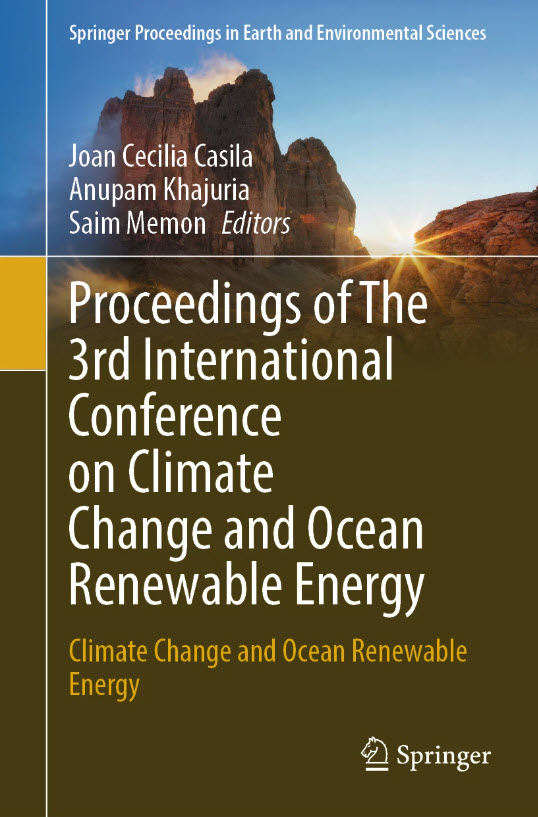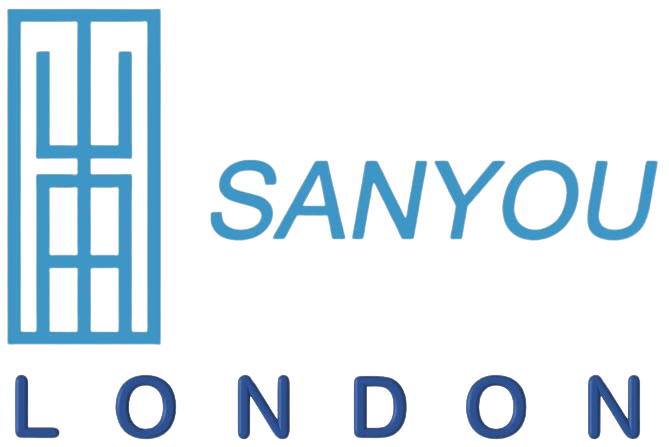
Springer SPEES Proceedings Published: CCORE 2024 Volume Edited by Professor Saim Memon, with VIW Chapter
Publication: Proceedings of the 3rd International Conference on Climate Change and Ocean Renewable Energy (CCORE 2024)
Series: Springer Proceedings in Earth and Environmental Sciences (SPEES)
Publisher: Springer, Cham
Editorial role: Edited by an international team representing the University of the Philippines (Philippines), the United Nations University (Japan) and Professor Saim Memon, CEO of Sanyou London (UK). SpringerLink
What’s been published?
This peer-reviewed volume gathers research spanning ocean renewables and climate solutions, highlighting technology, policy and deployment pathways. It sits within Springer’s SPEES series and is indexed under Environmental Management, Oceanography and Sustainable Development. eBook publication is listed as 18 July 2025 with hardcover on 19 July 2025; the volume extends to XIII + 288 pages with colour illustrations. SpringerLink
The contribution from Sanyou London
Alongside the editorial work, Professor Saim Memon, CEO of Sanyou London, has authored the chapter:
“The Invention of Vacuum Insulated Wallpaper (VIW) for Energy Savings and Net-Zero Energy Sustainability Goals” (pp. 23–31; first online: 19 July 2025). The chapter outlines VIW as an ultra-thin (~4 mm) internal insulation delivering ~5 mW/m·K effective thermal conductivity, with comparative analyses against common insulants and liners. It frames VIW as a DIY-friendly retrofit that targets high impact with minimal depth—vital where space and disruption constraints block conventional upgrades. SpringerLink
Why this matters
- For universities and R&D centres: the volume consolidates fresh evidence on marine renewables and built-environment efficiency, providing citable material for teaching, policy and further research. SpringerLink
- For decision-makers and estate owners: the chapter on VIW demonstrates a fabric-first approach that reduces heat transfer at millimetre scale, supporting net-zero programmes without sacrificing usable space. SpringerLink
- For architects, contractors and distributors: VIW’s thin build-up enables room-by-room retrofits, clean finishes and faster programmes—practical where residents remain in situ. SpringerLink
Where to read
- Book page (SpringerLink): Proceedings of the 3rd International Conference on Climate Change and Ocean Renewable Energy — DOI: 10.1007/978-3-031-93887-0. SpringerLink
- Chapter page: The Invention of Vacuum Insulated Wallpaper (VIW) for Energy Savings and Net-Zero Energy Sustainability Goals — DOI: 10.1007/978-3-031-93887-0_3. SpringerLink

Q&A: What does this mean for partners?
Q: How does VIW differ from conventional insulation?
A: It targets very low conductivity at minimal thickness, preserving floor area and limiting disruption—particularly valuable in tight rooms, heritage settings and live sites. SpringerLink
Q: Where does this fit into net-zero plans?
A: Fabric-first cuts reduce heating/cooling demand and peak loads; these savings complement renewables, storage and smart controls to deliver measurable, financeable outcomes. SpringerLink
Q: Who should engage with this work?
A: Universities, developers, architects, contractors, local suppliers and distributors seeking specifications, pilots and training for space-efficient energy retrofits.
Work with Sanyou London
- Spec sheets, samples and pilots: VIW for internal walls; additional formats (VIP/DVIP/Flexible VIP) on request.
- Collaboration: joint studies with universities and estates to measure U-value and energy impacts in live projects.
Contact: www.sanyoulondon.com
Editorial & media enquiries: Professor Saim Memon
Share

